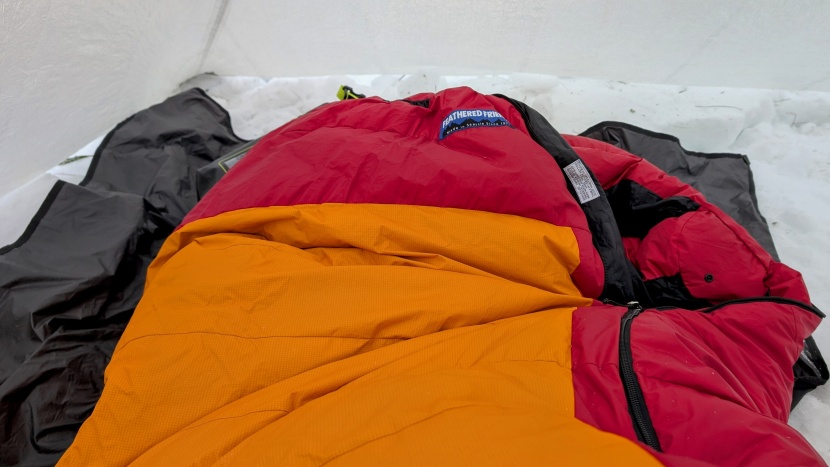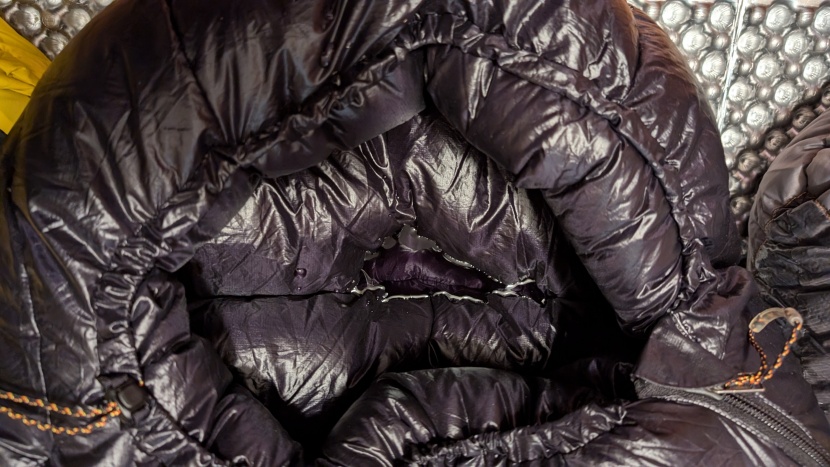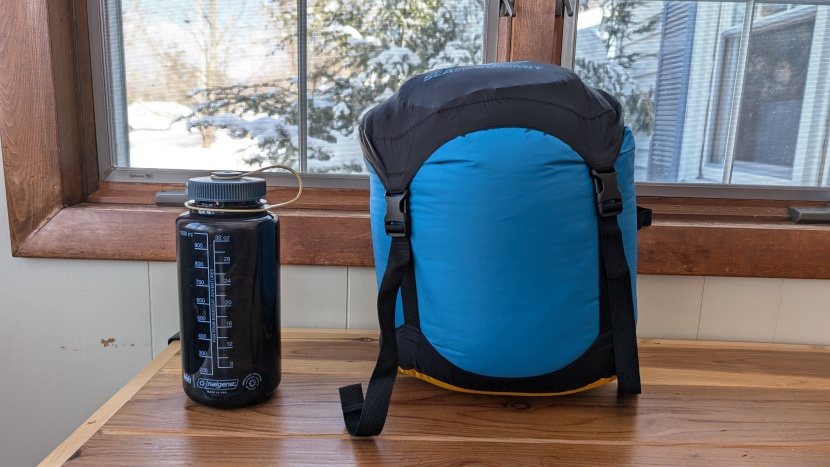Our testers hail from Bishop, California, the Northeast United States, and Jackson Hole, Wyoming. These areas offer a perfect place to test cold-weather sleeping bags. In the northeast, testers faced the negative-degree temperatures needed to find the lower limit of some of these bags. In contrast, testers in the Sierra had a great time figuring out which sleeping bags were light enough to carry 9000ft up and everything in between! Meanwhile, the windy, cold, snow-covered mountains and valleys in Jackson Hole put our lineup to the test in the outdoor elements. We spent countless chilly nights and bitterly cold mornings burrowed in sleeping bags, rolling around searching for cold spots, tightening drawstrings, and snoozing hard. Testing occurred inside and outside tents in various weather conditions, from rain, wind, and snow to brutal -20F nights.
These bags were tested by climbers, professional mountain guides, ski patrollers, serial road trippers, and dirtbags who have spent significant portions of their lives in sleeping bags in both professional and recreational settings. Guys and girls of different sizes spent time in each bag and weighed in on their favorite features and what they loved and hated.
Warmth
We spent several nights in each bag so our testers could evaluate warmth, paying attention to cold spots, any signs of heat loss around the draft colors, and by looking at loft height. We kept the manufacturer ratings in mind during our testing, but how warm we felt waking up in the morning was a strong deciding factor. Remember that some folks will tend to sleep cold, while others sleep warm. When considering a sleeping bag, it's important to “know thyself”.
The test involved spending 20 minutes in each bag in temperatures hovering around zero, with temperature and relative humidity sensors in the bag. We also took thermal images of the bag to look for heat leaks.
Moisture Management
Second only to warmth, moisture management is a very important consideration when purchasing a bag. We lay in the rain to see if each bag leaked and where they were vulnerable to moisture. We also left puddles of water on the interior and exterior fabric for 10 minutes to see how much they absorb. We gave bags with water-resistant down an extra point in this metric, but we couldn't get eyes on the down without damaging these very expensive bags.
Comfort
Our testers tossed and turned in these bags, attempting to sleep in many positions to determine comfort. Our testers ranged from 10-year-old girls and petite 5'4" ladies weighing no more than 115 pounds all the way up to 6-foot-three-inch heavyweight guys weighing around 220 pounds. Both extremes could have been better suited with short or tall-sized sleeping bags, but we wanted to see how far we could stretch the regulars. We list the dimensions of as many sizes as possible in our specifications.
Construction Quality
We looked carefully at each bag's fabric, stitches, zipper, and features to assess their quality, considering how useful each feature actually is. For example, if a bag has a draft collar, does it actually keep cold air out? Is it chronically getting stuck in the zipper? We found that not all features are created equally.
Weight
We weigh each bag on our scales to confirm manufacturer claims, consider what materials add to the bags' warmth and weather resistance, and which materials are just heavy and low quality. The manufacturers stated weights were not always as accurate as we had hoped, but we understand that the bag gains weight in terms of moisture, dirt, and oils with consistent use.
Packed Size
We compressed each bag into the same compression sack to compare them as accurately as possible. Then we measured the resulting package and calculated the volume of each.




